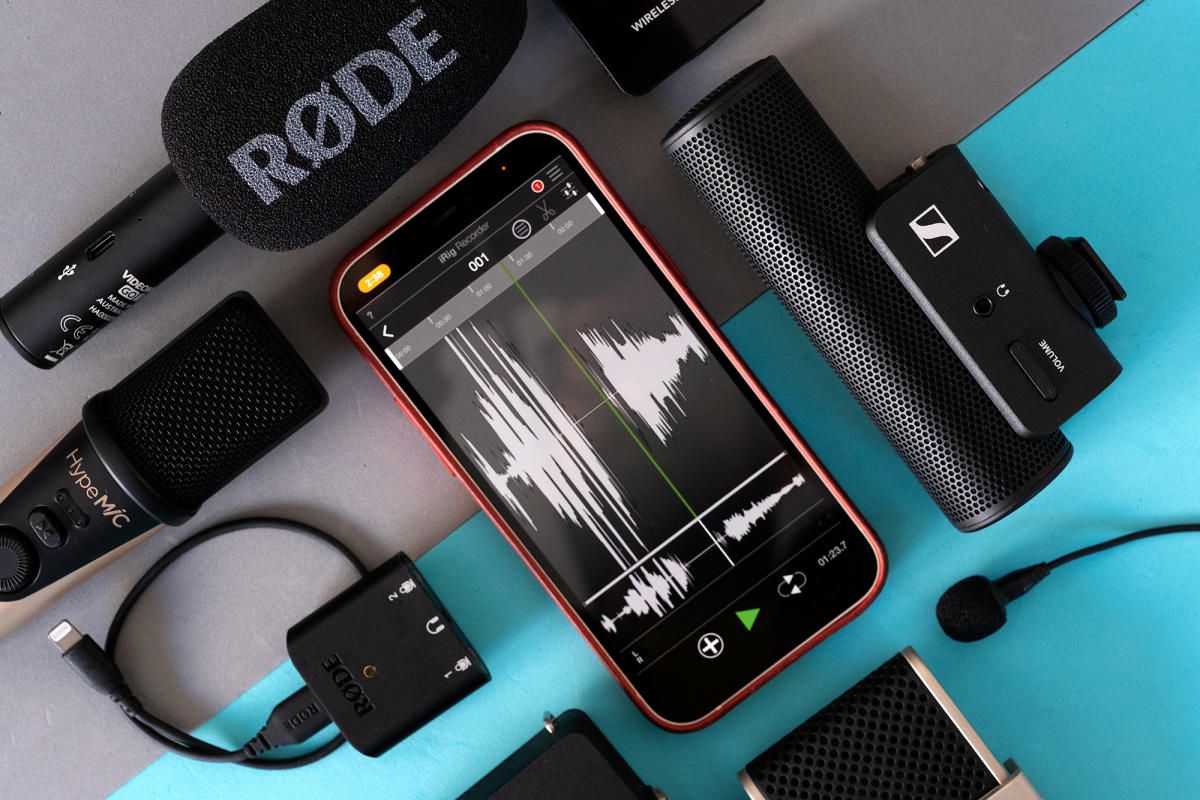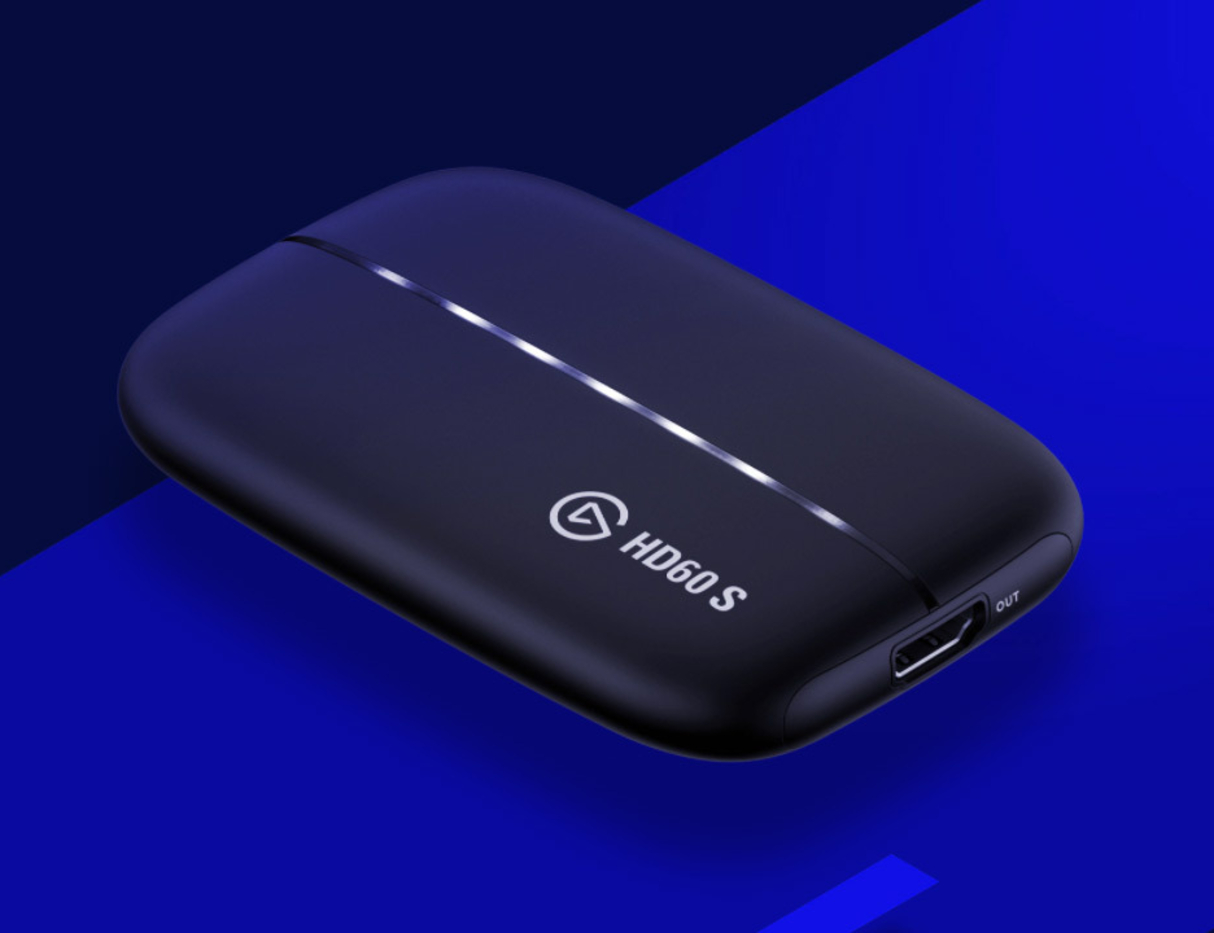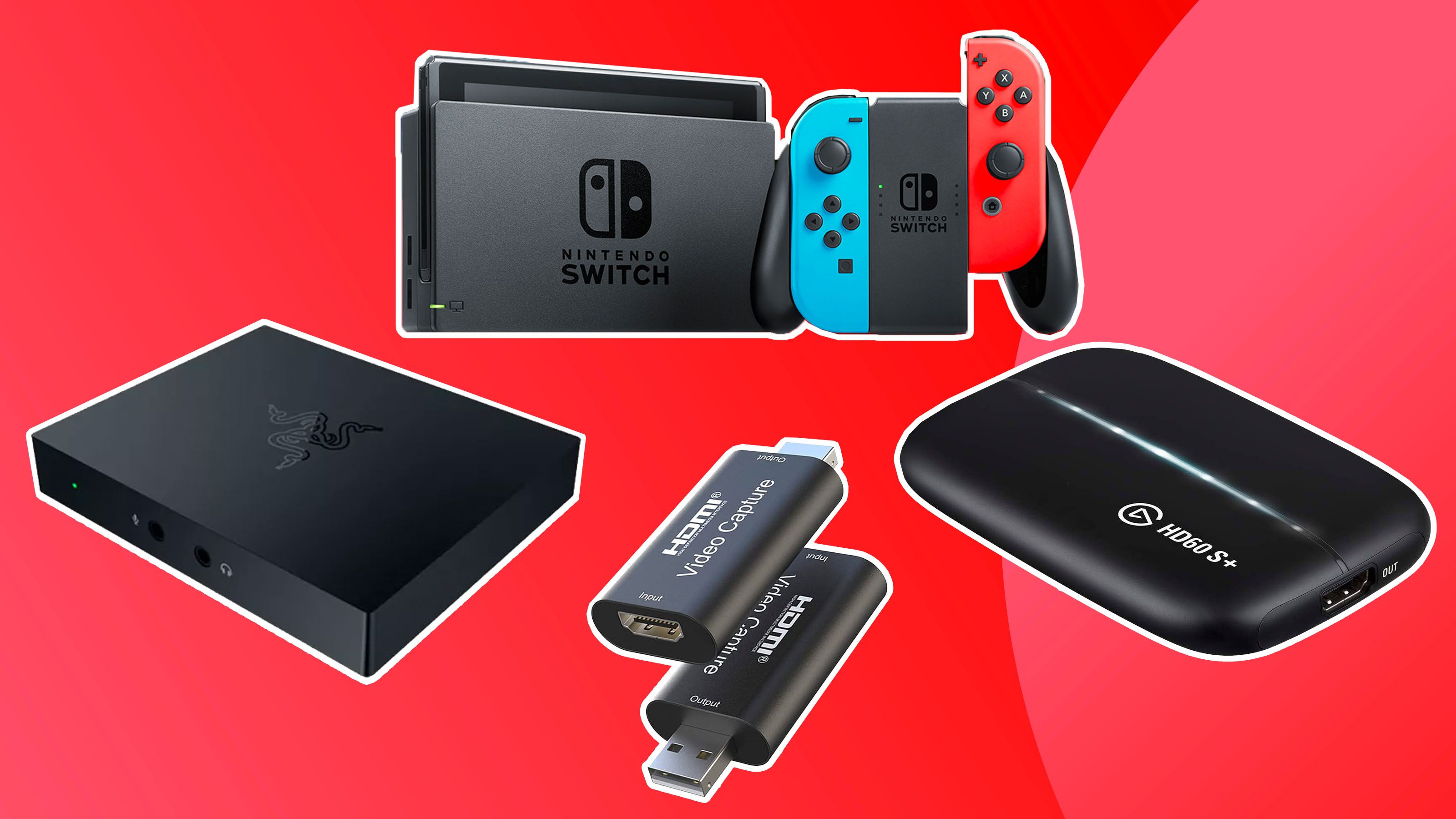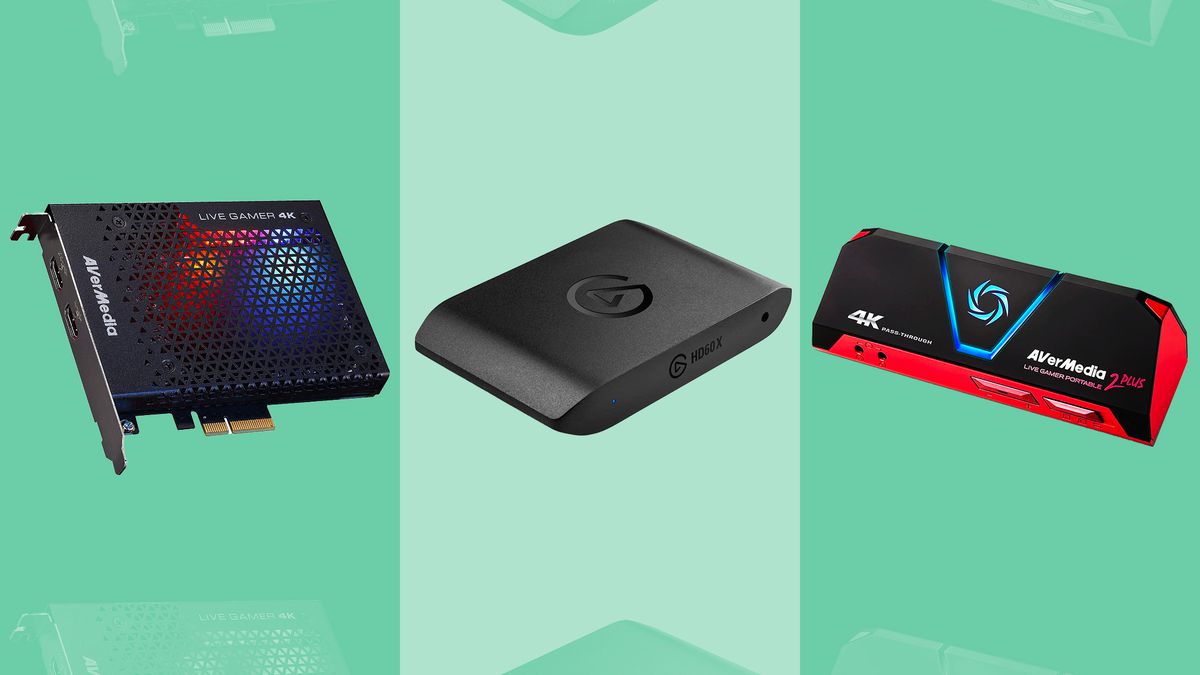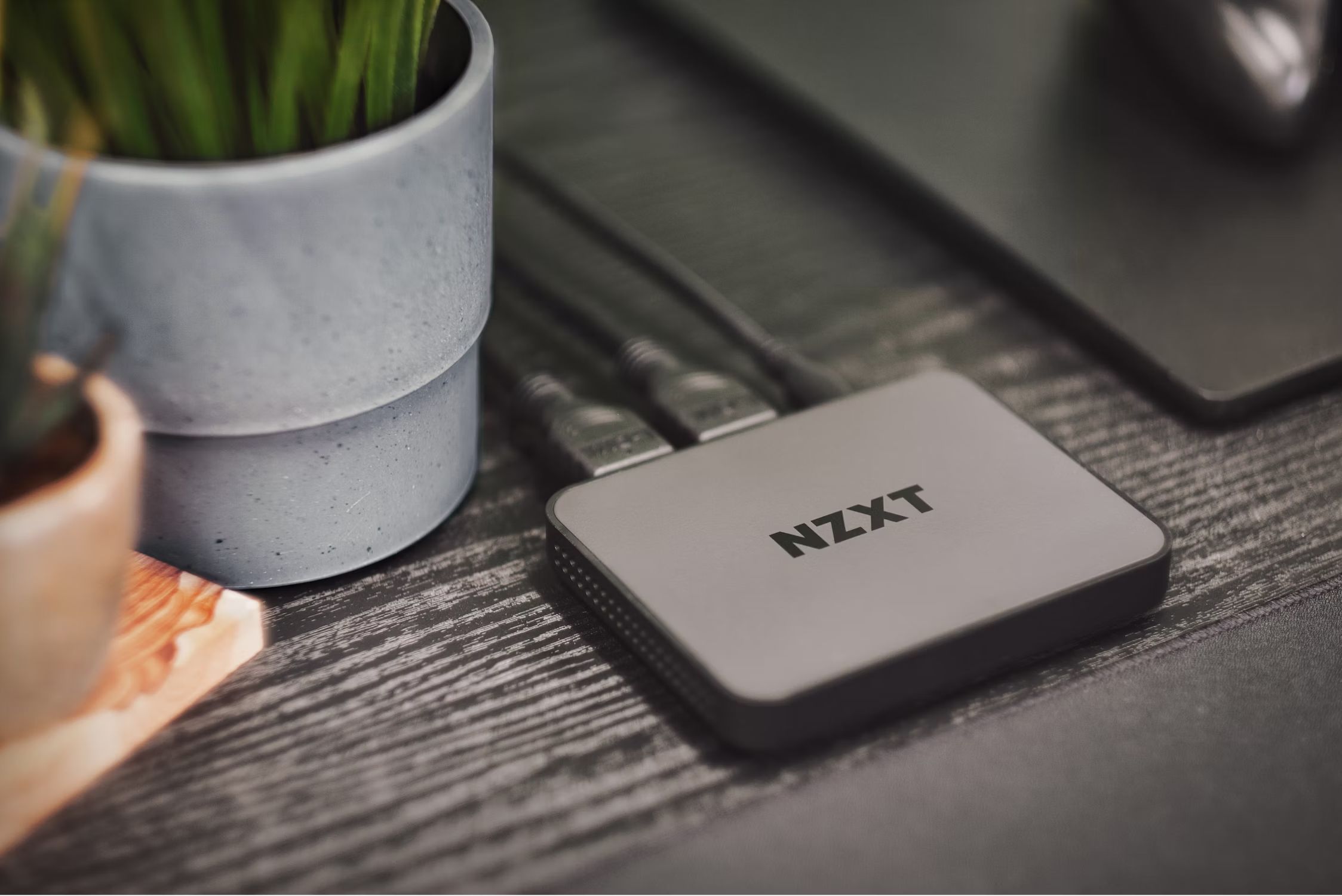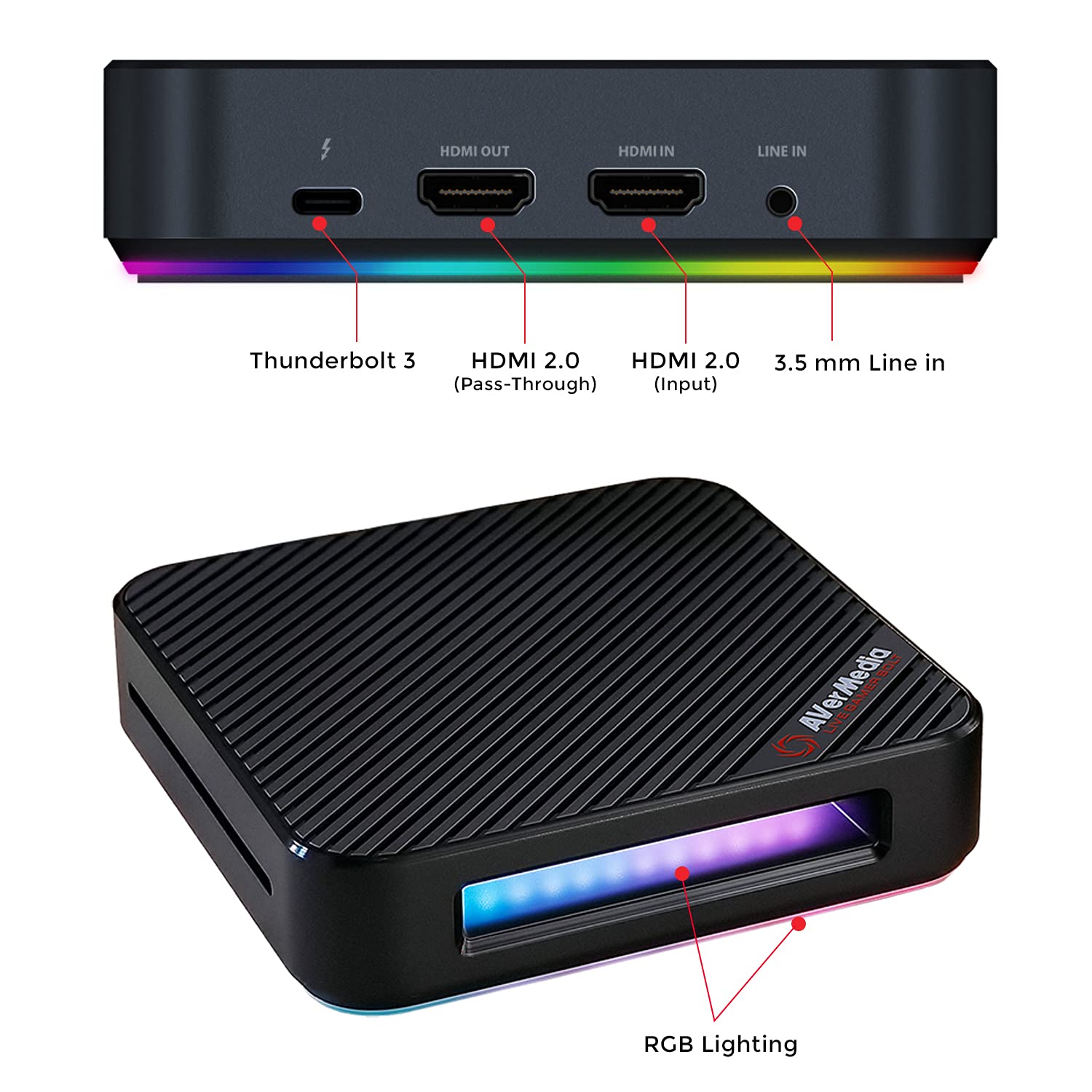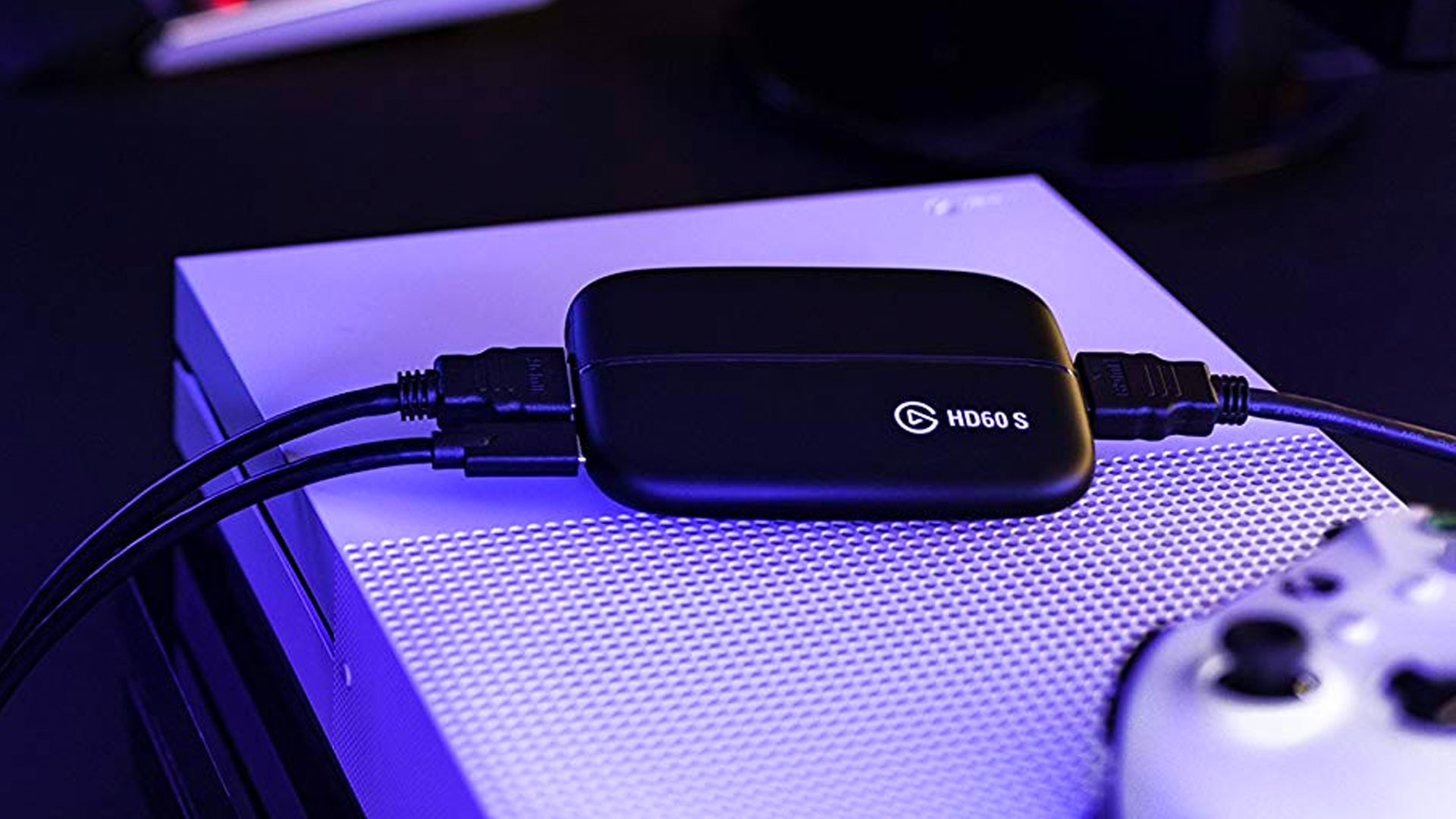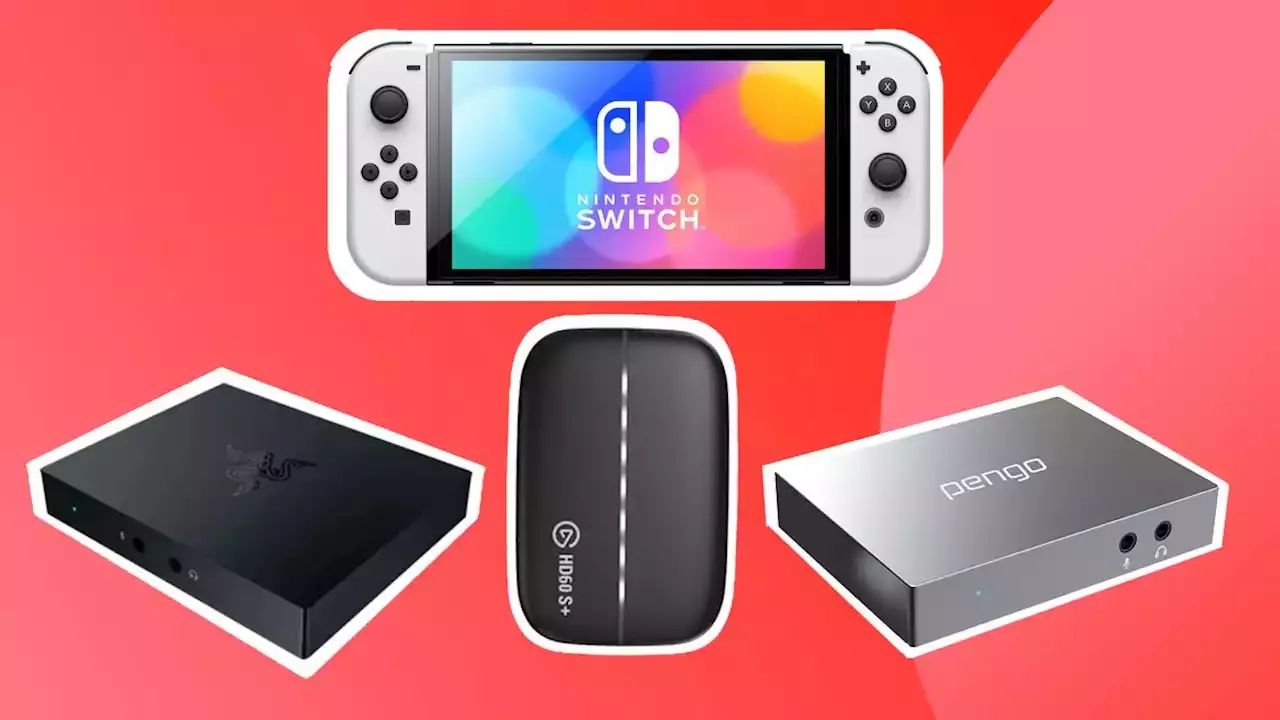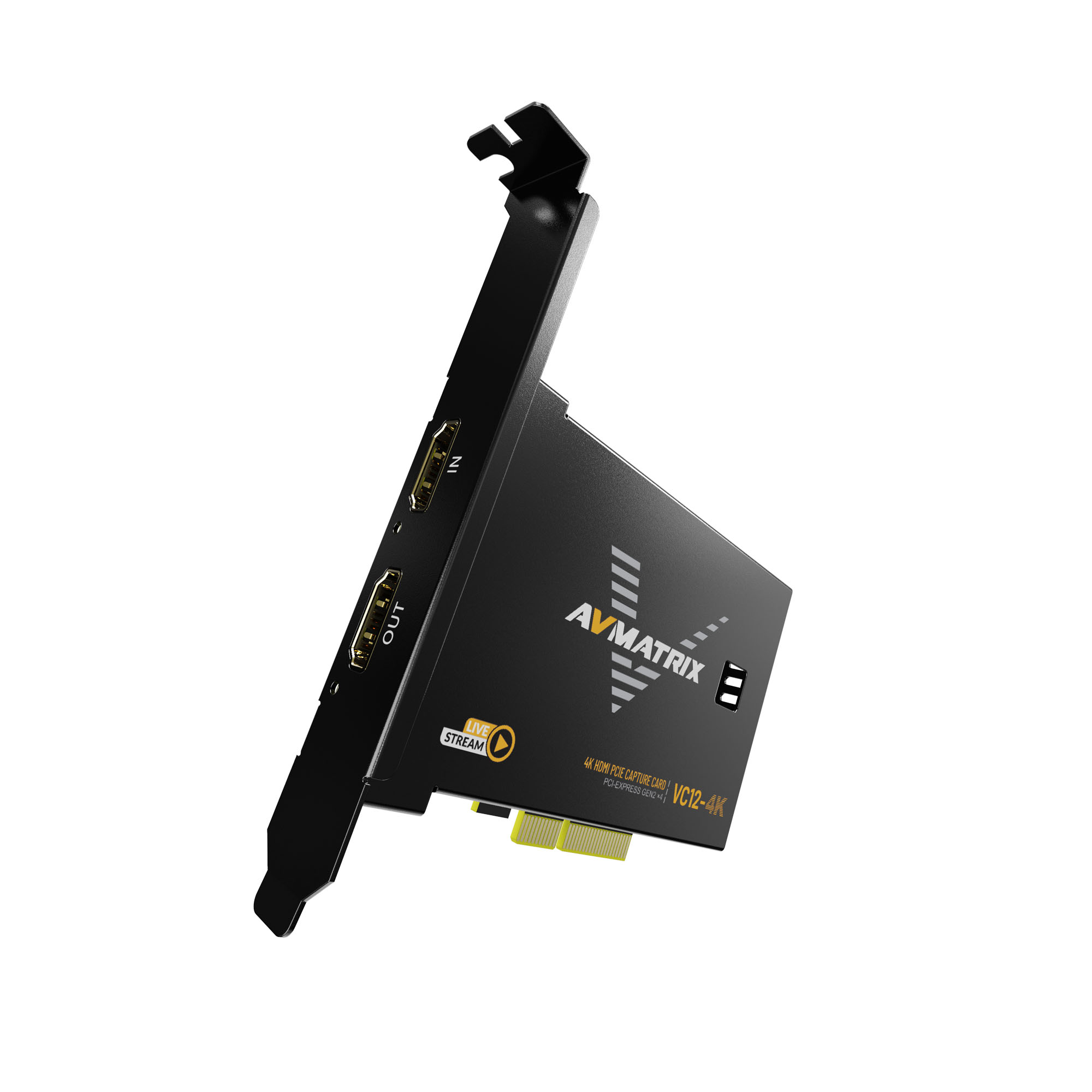Introduction
The world of media streaming has rapidly evolved, and Android media streamers have become popular choices for entertainment enthusiasts. With the ability to turn your TV into a Smart TV, these devices offer a wide range of streaming apps and services. While the built-in microphone on the Android media streamer may be sufficient for basic voice commands, avid streamers and content creators often seek higher quality audio. This is where a USB microphone comes in.
Using a USB microphone with your Android media streamer can greatly enhance your audio recording and streaming experience. Whether you’re live streaming gameplay, conducting video calls, or recording podcasts, a USB microphone can provide crystal-clear audio that surpasses the built-in microphone capabilities of the media streamer.
In this article, we will guide you through the process of using a USB microphone with your Android media streamer. We’ll walk you through the steps required to connect the microphone, adjust the settings, and troubleshoot common issues that may arise. By the end of this article, you’ll be ready to take your audio quality to the next level.
Why Use a USB Microphone with Android Media Streamer
The built-in microphone on your Android media streamer may be sufficient for basic voice commands and occasional use. However, if you’re serious about improving the audio quality of your live streams, video chats, or recordings, a USB microphone is the way to go. Here are some reasons why you should consider using a USB microphone with your Android media streamer:
- Enhanced Audio Quality: USB microphones are designed to capture high-quality audio with greater clarity and detail compared to built-in microphones. They offer improved frequency response, reduced background noise, and better overall sound reproduction. This can make a significant difference in the perceived professionalism and overall listening experience.
- Flexible Adjustability: USB microphones often come with adjustable settings and features that allow you to fine-tune your audio recordings. You can control the gain, volume, and other parameters to achieve the desired sound quality. This level of adjustability gives you more control over your audio and ensures that it’s tailored to your specific needs.
- Direct Connection: Unlike traditional microphones that require additional audio interfaces or mixers, USB microphones can be directly connected to your Android media streamer via the USB port. This eliminates the need for extra equipment and simplifies the setup process, making it convenient and user-friendly.
- Compatibility with Apps and Software: USB microphones are compatible with a wide range of apps and software, including popular streaming platforms and recording software. This flexibility allows you to seamlessly integrate your USB microphone with your preferred applications, giving you more options and freedom in creating content.
- Versatile Applications: USB microphones are not limited to use with your Android media streamer. They can also be used with other devices such as computers, laptops, and gaming consoles. This versatility allows you to use the same microphone for different purposes, making it a worthwhile investment.
With the benefits that a USB microphone offers, it’s clear why many content creators and streamers choose to use one with their Android media streamer. The improved audio quality and ease of use make it a valuable addition to your streaming and recording setup. So, let’s explore how to connect and use a USB microphone with your Android media streamer.
Step 1: Check Compatibility of USB Microphone and Android Media Streamer
Before you begin using a USB microphone with your Android media streamer, it’s important to ensure that both devices are compatible with each other. Here are the steps to check compatibility:
- Research Compatibility: Start by researching the specifications and requirements of your USB microphone and Android media streamer. Look for information on the manufacturer’s website, user manuals, or online forums. Check if the USB microphone is compatible with Android devices and if the Android media streamer supports USB microphones.
- Read Reviews and User Experiences: To gain insights from other users, read reviews or user experiences of people who have successfully used a USB microphone with their Android media streamer. Look for any issues or limitations that they may have encountered and take note of any workarounds or solutions they have provided.
- Contact Customer Support: If you’re still unsure about compatibility, reach out to customer support for both the USB microphone and the Android media streamer. Contact the manufacturers or visit their websites to find the appropriate contact information. Explain your specific setup and inquire about compatibility concerns or any additional accessories that may be required.
By checking compatibility beforehand, you can avoid potential issues and ensure that both your USB microphone and Android media streamer are fully compatible with each other. This will provide a seamless integration and optimal performance when using the USB microphone for your audio recording and streaming needs.
Step 2: Connect the USB Microphone to the Android Media Streamer
Once you have confirmed the compatibility of your USB microphone and Android media streamer, it’s time to connect the two devices. Follow these steps to connect your USB microphone to the Android media streamer:
- Locate the USB Port: Identify the USB port on your Android media streamer. It is usually located on the side or back of the device. Make sure the USB port is easily accessible.
- Plug in the USB Microphone: Take the USB cable that came with your microphone and connect it to the USB port on your Android media streamer. Ensure that the connection is secure and properly inserted.
- Check for Recognition: Once the USB microphone is connected, your Android media streamer should recognize it. You may see a notification on your screen indicating a new audio device has been connected. If not, proceed to the next step.
- Adjust USB Settings (if necessary): In some cases, you may need to manually adjust the USB settings on your Android media streamer to recognize the USB microphone. Go to the audio settings or device settings on your media streamer and look for options related to USB audio devices. Enable or select the USB microphone as the default audio input device.
After following these steps, your USB microphone should be successfully connected to your Android media streamer. The USB connection allows for a direct and stable audio input, ensuring that you get the best audio quality possible when recording, video chatting, or live streaming with your Android media streamer and USB microphone combination.
Step 3: Adjust Microphone Settings on the Android Media Streamer
After connecting the USB microphone to your Android media streamer, it’s important to adjust the microphone settings to ensure optimal audio quality and performance. Here’s how you can do that:
- Open the Settings Menu: Navigate to the settings menu of your Android media streamer. This can usually be accessed by selecting the gear icon on the home screen or by swiping down from the top of the screen and selecting the settings icon.
- Find the Sound or Audio Settings: Look for the sound or audio settings within the settings menu. The exact location and naming of this option may vary depending on the device and software version.
- Select Input Options: Within the sound or audio settings, locate the input options. This is where you can configure the microphone input settings for your Android media streamer.
- Choose the USB Microphone: Select the USB microphone as the preferred audio input device. This ensures that your Android media streamer uses the connected USB microphone for audio input instead of the built-in microphone.
- Adjust Microphone Volume: Depending on the Android media streamer, you may have the option to adjust the microphone volume within the input settings. This allows you to fine-tune the microphone sensitivity to match your recording or streaming needs.
By adjusting the microphone settings on your Android media streamer, you can optimize the audio input from the USB microphone. This ensures that you capture clear and high-quality sound during your recordings, video chats, or live streams. Experiment with different microphone settings to find the perfect balance between volume and sensitivity for your specific requirements.
Step 4: Test the USB Microphone on the Android Media Streamer
Once you have adjusted the microphone settings on your Android media streamer, it’s time to test the USB microphone to ensure that it is working properly. Performing a test will help you verify that the audio is being captured correctly and that the microphone is functioning as expected. Follow these steps to test your USB microphone:
- Open the Recording App: Launch a recording app on your Android media streamer. This can be a built-in voice recorder app or any third-party recording app available on the app store.
- Select the USB Microphone as Input: Within the recording app, access the settings or preferences and ensure that the connected USB microphone is selected as the audio input device. This ensures that the app will use the USB microphone to capture audio.
- Adjust Volume and Gain: Check the volume and gain settings within the recording app and make any necessary adjustments. This will allow you to optimize the audio levels and ensure that the recordings are not too soft or too loud.
- Perform a Test Recording: Begin recording a short test audio clip using the USB microphone. Speak into the microphone or make any other desired sound to test the audio input. Monitor the recorded audio levels and listen for any issues such as distortion or background noise.
- Playback and Evaluate: After the recording is complete, play it back to evaluate the audio quality. Listen for clarity, volume, and any potential issues. If the audio sounds clear and detailed, and there are no noticeable problems, your USB microphone is working correctly.
Conducting a test recording allows you to ensure that the USB microphone is properly connected and functioning as expected. If you encounter any issues during the test, double-check the connections, settings, and compatibility of your devices. You may also refer to the troubleshooting section in the next step for common issues and their solutions.
Step 5: Troubleshooting Common Issues
While using a USB microphone with your Android media streamer is usually a straightforward process, you may encounter some common issues along the way. Here are a few troubleshooting tips to help you resolve these issues:
- No Audio Output: If you’re not getting any audio output from your USB microphone, check the following:
- Ensure that the USB microphone is securely connected to the Android media streamer.
- Verify that the microphone is selected as the default audio input device in the settings menu.
- Check if the microphone requires any additional drivers or software installations.
- Try connecting the USB microphone to a different USB port on the media streamer.
- Low Volume or Weak Signal: If the volume of the USB microphone is too low or the signal is weak, try the following:
- Adjust the microphone gain or volume settings on both the Android media streamer and the microphone itself.
- Ensure there are no obstructions or physical barriers between the USB microphone and the sound source.
- Try using an external preamp or audio interface to boost the signal before connecting it to the Android media streamer.
- Background Noise or Distortion: If you’re experiencing background noise or distortion in your audio recordings, try the following:
- Move away from sources of interference, such as fans, air conditioners, or other electronic devices.
- Use a microphone windscreen or pop filter to reduce plosive sounds and unwanted noise.
- Adjust the microphone placement and distance from the sound source to achieve optimal audio capture without distortion.
- Compatibility Issues: If you’re still having trouble with compatibility, consider the following steps:
- Update the firmware or software of both the USB microphone and the Android media streamer to the latest version.
- Contact the manufacturer’s support for both the USB microphone and the media streamer to inquire about compatibility issues and possible solutions.
- Explore alternative USB microphones or media streamers that are known to be compatible with each other.
By troubleshooting common issues, you can overcome any obstacles that may arise when using a USB microphone with your Android media streamer. Remember to refer to the user manuals and online resources for specific troubleshooting tips related to your USB microphone and media streamer models. With patience and perseverance, you’ll be able to resolve any issues and enjoy high-quality audio recordings and streaming experiences.
Conclusion
Using a USB microphone with your Android media streamer can significantly improve your audio recording and streaming experience. The enhanced audio quality, flexibility, and convenience that USB microphones offer make them a valuable addition to your setup. Throughout this guide, we have walked you through the process of using a USB microphone with your Android media streamer, from checking compatibility to troubleshooting common issues.
By following these steps, you can connect your USB microphone to your Android media streamer, adjust the microphone settings, and ensure that it is working properly. The ability to capture clear and high-quality audio allows you to elevate the quality of your recordings, video chats, live streams, and podcasts.
Remember to research compatibility, read reviews, and contact customer support if needed to ensure a seamless and successful integration of your USB microphone with your Android media streamer. Adjusting the microphone settings on your media streamer will allow you to optimize the audio input and achieve the desired sound quality.
In case you encounter any issues during the setup, don’t panic. Use the troubleshooting tips provided to address common problems such as no audio output, low volume, background noise, or compatibility issues. With a bit of troubleshooting and patience, you can overcome these challenges and enjoy the benefits of using a USB microphone with your Android media streamer.
Now that you are armed with the knowledge and steps to utilize a USB microphone with your Android media streamer, it’s time to dive in and start creating top-notch audio content. Whether you’re recording podcasts, streaming gameplay, conducting video calls, or any other audio-related activities, the improved audio quality provided by the USB microphone will enhance your overall experience.
So go ahead, explore the world of high-quality audio with your USB microphone and Android media streamer, and let your creativity shine through crystal-clear sound.







